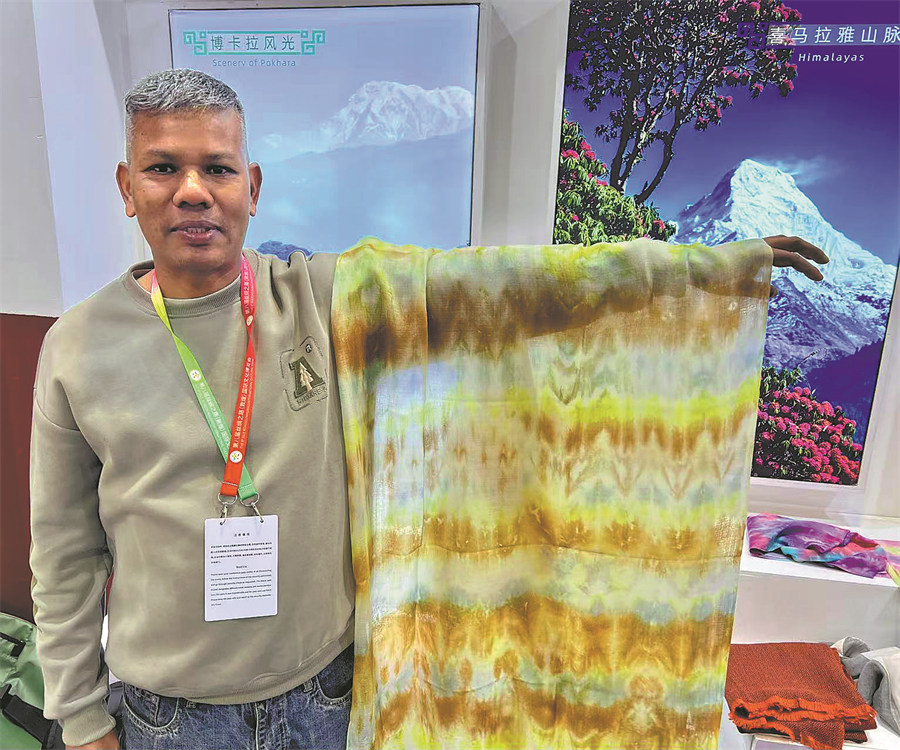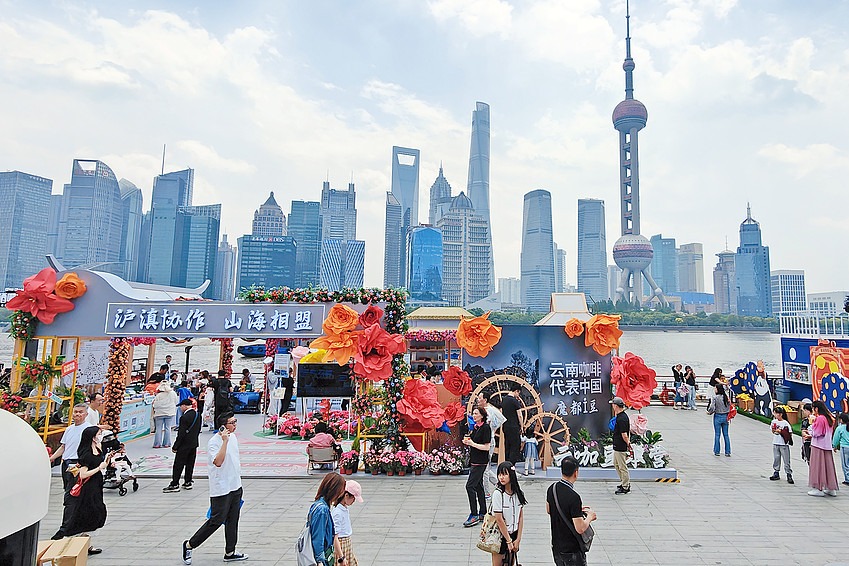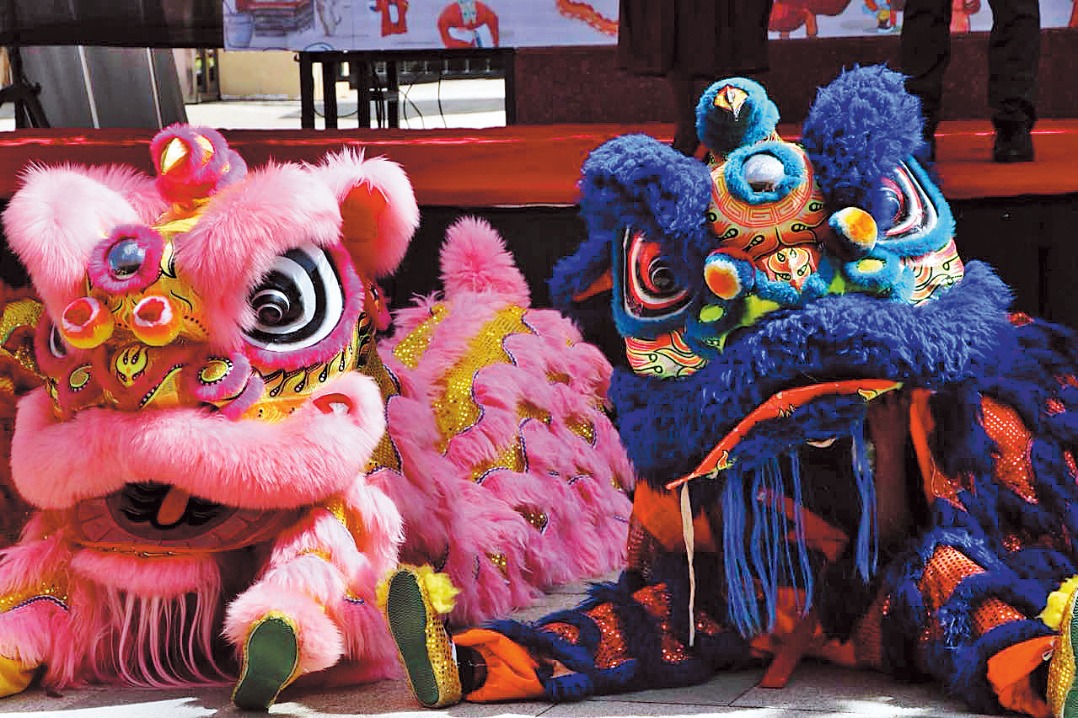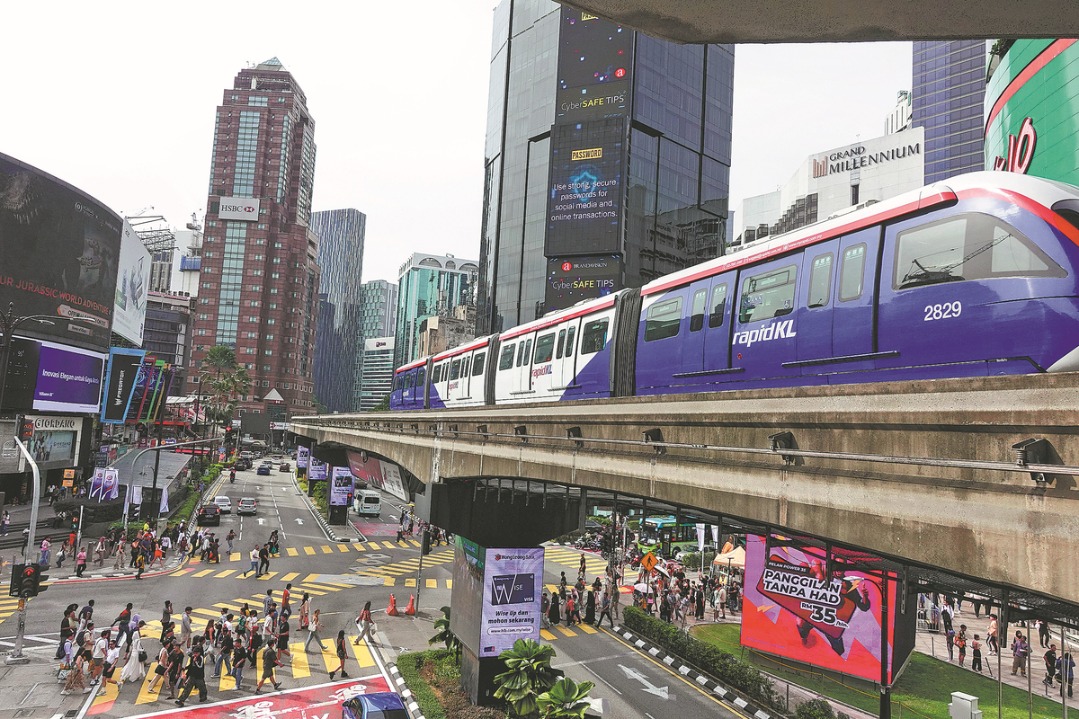The sands of time hold the future


More than camels
Sho joined expo participants from 97 countries and regions, and eight international organizations.
Merchants and craftspeople from countries involved in the Belt and Road Initiative displayed their country's cultural products, including Egyptian papyrus paintings, Russian nesting dolls and Uzbek rugs.
Yunnan-based Ghanaian vendor Davor Richard says he particularly enjoyed interacting with local buyers at his country's booth and encountering the camels and desert outside the venue.
He says the first-day sales of his wares, such as tribal masks, shea butter and hand drums, were brisker than in larger Chinese cities like Shanghai, Beijing, and Hangzhou, Zhejiang province.
Nepalese clothing designer Babu Ram Chaudhary says he also sold his cashmere shawls, hats, sweaters, and socks faster than expected, especially compared to events in larger Chinese cities.
"It takes a lot of time to ship goods from Nepal to here — two weeks or more," he says.
"So, they want to buy more of my products here, but I can't provide them now."
He hopes improved connectivity through the BRI will accelerate the speed and expand the scope of trade in cultural products, such as Nepalese garments and Chinese snacks.
























